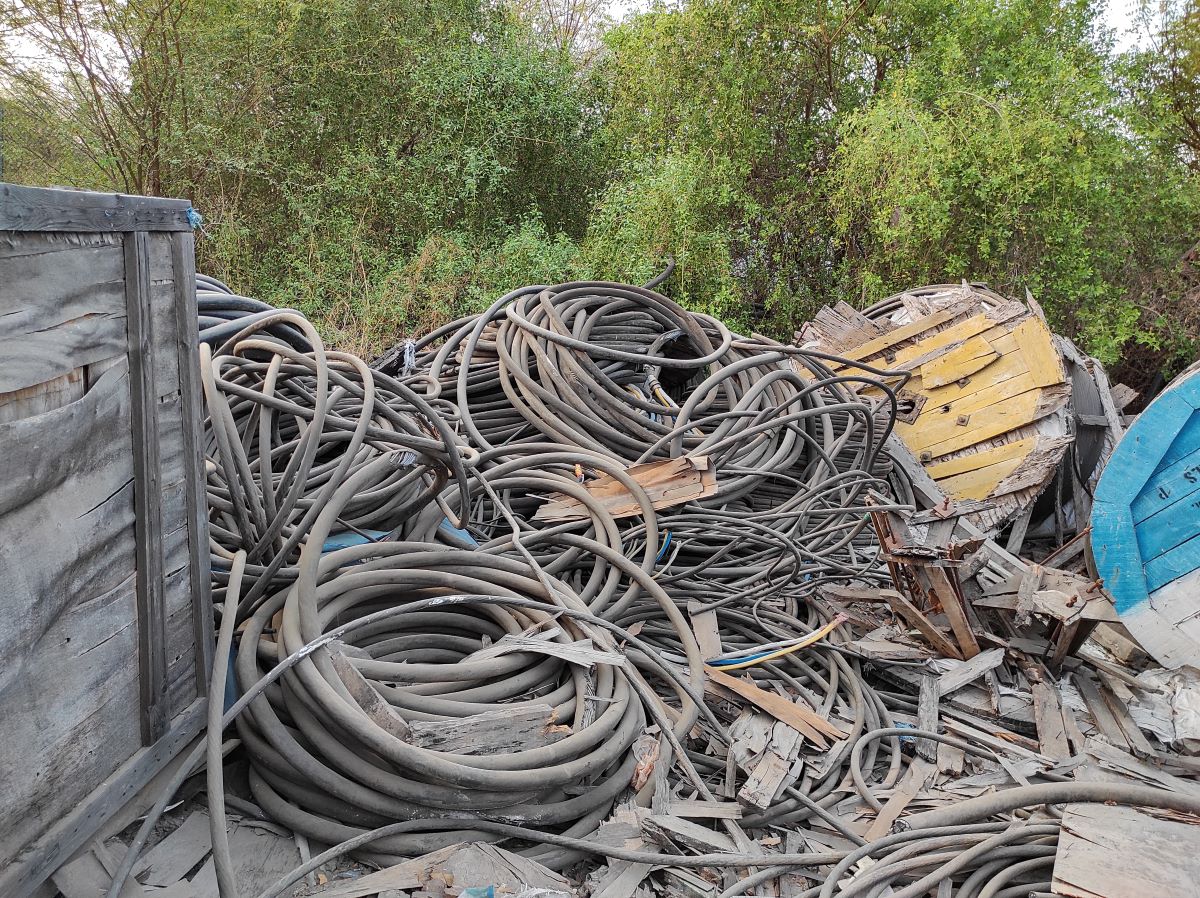Table of Contents
ToggleIn today’s industrial landscape, the issue of industrial waste has become a pressing concern for businesses across various sectors. In particular, the disposal and management of electrical parts have proven to be a significant challenge, both in terms of the environmental impact and the financial burden it places on companies.
However, there is a solution that not only addresses these challenges but also presents an opportunity for businesses to save money. By implementing industrial recycling practices for electrical parts, companies can effectively turn what was once considered waste into profit.
Electrical Parts Contributing to Industrial Waste
Industrial waste, particularly from electrical parts, is a significant contributor to environmental pollution. Discarded components like circuit boards, cables, and other electrical equipment often end up in landfills, exacerbating the problem of waste management.
The cost of disposing of electrical waste can be substantial for businesses. These costs include not only waste disposal fees but also the replacement cost of discarded equipment and parts.
Improper disposal of electrical waste can also have serious environmental consequences. These include pollution of air, water, and soil.
Understanding the Value in Electrical Scrap
Many electrical parts that end up as waste are actually quite valuable. These include circuit boards, power cables, transformers, hard drives, and even battery backups.
Each of these parts has significant recycling potential. For example, circuit boards contain precious metals like gold and silver, which can be recovered and reused. Power cables, for instance, are usually composed of copper wires which, if recycled, can be used to manufacture new products. Battery backups frequently contain a variety of recoverable metals like lead. Similarly, hard drives consist of valuable materials such as aluminum and rare-earth magnets.
All these resources would have otherwise been wasted if not been effectively utilized.
When and where to reuse electrical parts and equipment
There are many situations where reused electrical parts can be just as effective as new ones. For example, refurbished transformers can be used in power distribution systems, saving companies significant amounts of money.
Circuit boards can be reused in many applications once they have been carefully deconstructed and the valuable metals have been extracted and refurbished.
Power cables can be reused in a variety of settings, from large industrial machines to small office equipment. Reusing older power cables also reduces the demand for new materials and the energy that would have been consumed in manufacturing processes.
Depending on the type and condition of the used equipment, hard drives can be either wiped clean and reused, or completely disassembled for metal recovery. Refurbishing and reusing these components promotes sustainability and reduces costs associated with buying new equipment.
Industrial Recycling as a Solution
The process of recycling electrical parts involves several stages including collection, sorting, breaking down, and recovery. Each stage contributes to the overall efficiency and effectiveness of the recycling process.
- Collection and Sorting
The first stage of the process involves collecting the parts and sorting them based on their type and value. This is usually done in recycling centers or facilities, where employees or machines do the job of segregating each piece according to its material or potential value. Often, these centers use a combination of both manual labor and automated systems to optimize the process and ensure that no valuable piece gets thrown away.
- Breaking Down and Stripping
Next, the parts are broken down into their constituent materials. This often involves stripping away the non-valuable materials to get to the valuable ones like metals. For instance, plastic casings may be shredded and repurposed, while the precious metals are melted down and purified.
- Recovery and Re-use
The final stage of the process involves recovering the valuable materials and reusing them in new products. This is usually achieved by processing such materials into a form that can be used as raw materials for the production of new equipment. The efficiency of this process often depends on the technology and capabilities of the recycling facility, and also on the quality and condition of the recycled materials.

The Benefits of Recycling Electrical Parts
Cost-Savings
One of the most significant benefits of recycling electrical parts is the potential for cost savings. By selling their electrical scrap to recycling companies, businesses can offset the cost of purchasing new equipment.
Revenue Generation
Recycled electronic materials can be sold as valuable commodities, generating additional revenue streams for businesses and recyclers. This creates a circular economy where e-waste becomes a valuable resource.
Environmental Impact Reduction
Another major benefit is the reduction in environmental impact. By recycling, businesses can prevent harmful materials from ending up in the environment and reduce their carbon footprint.
Conservation of Natural Resources
Recycling electrical parts helps conserve precious natural resources by reducing the need to extract and process new raw materials. The production of electronic devices requires the mining of finite resources such as copper, gold, and aluminum.
By recycling these materials from old electronic equipment, we can minimize the environmental impact of resource extraction and preserve these resources for future generations.
Investment Recovery – Optimizing the Value
Investment recovery is a strategy that involves identifying and realizing the hidden value in assets that are no longer needed or have reached the end of their lifecycle. This strategy has become increasingly popular in recent years, as companies strive to reduce waste and maximize value.
For businesses, investment recovery can result in significant cost savings. Additionally, it can help companies to reduce waste and contribute to sustainability. In simple terms, it means making the most out of what you have.
Conclusion
Recycling electrical parts can provide significant benefits for businesses, including cost savings, environmental impact reduction, and conservation of natural resources. By trying investment recovery, companies can realize the hidden value in their waste and turn it into profit.
If you have excess parts and equipment cluttering your inventory, consider investment recovery. Visit our sell to us page to get started!
